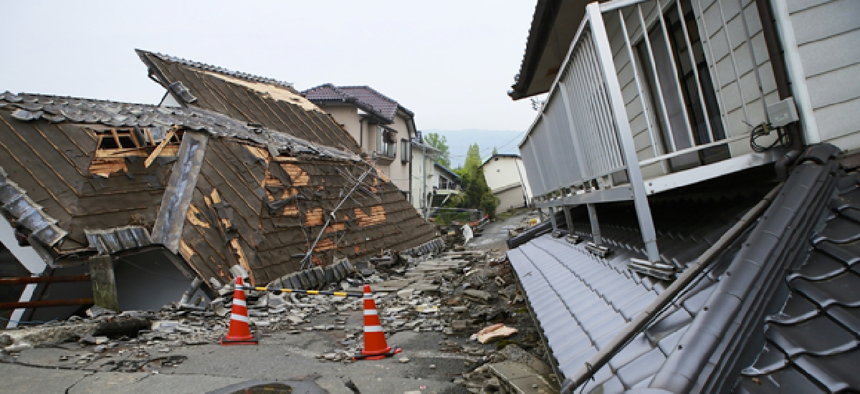How DOD is using AI to speed disaster relief
Defense Department’s Joint Artificial Intelligence Center is looking for artificial intelligence solutions to quickly identify people and infrastructure affected by floods and formulate an effective disaster response strategy.
Natural disasters are often unpredictable and produce devastating results. While there is no way to stop them from occurring, the Defense Department’s Joint Artificial Intelligence Center wants a better way to respond.
JAIC is looking for a software solution that uses artificial intelligence and machine learning to quickly identify people and infrastructure affected by floods and formulate an effective disaster response strategy.
The JAIC Humanitarian Assistance and Disaster Relief project calls development of AI solutions to streamline data aggregation and interpretation to provide near-real-time situational awareness so disaster response officials have more time for analysis and decision-making. The solution will save costs and lives because of the shorter timelines associated with search and discovery and rescue/relief execution efforts.
The solution should be able to create models of damaged infrastructure and impact of relief efforts, include all the algorithms required for the models and provide user interfaces that allow for refining the models. It should also have the ability to label/annotate datasets at scale, manage AI training and test data, integrate with current government systems and continuously monitor its own performance.
Solution briefs will be evaluated on their responsiveness and relevance to the project and their approach for transitioning to a production environment.
The solicitation is being run through the General Services Administration’s Federal Systems Integrations & Management Center as a Commercial Solutions Opening procurement, a pilot program designed to streamline the acquisition of innovative commercial technologies and engage traditional and non-traditional government contractors, including start-ups.
Briefs are due July 22. Read the full solicitation here.
NEXT STORY: Lawmakers look to NDAA for health record push





